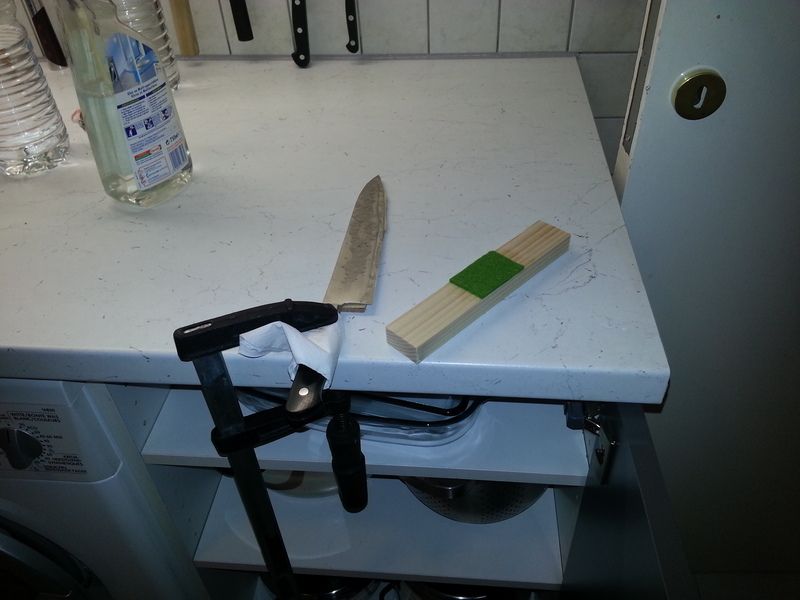Hi all
Was just wondering, does anybody here bother to polish out and sharpening scuffs or scratches on their knives. I'm sure we must have all scuffed the knife where we weren't supposed to at some point, just wondered if it can be polished out, and if so, how to go about it? Would it be a case of wet/dry sandpaper??
(perhaps this is more suited to the "sharpening section" (sorry mods)
Was just wondering, does anybody here bother to polish out and sharpening scuffs or scratches on their knives. I'm sure we must have all scuffed the knife where we weren't supposed to at some point, just wondered if it can be polished out, and if so, how to go about it? Would it be a case of wet/dry sandpaper??
(perhaps this is more suited to the "sharpening section" (sorry mods)






